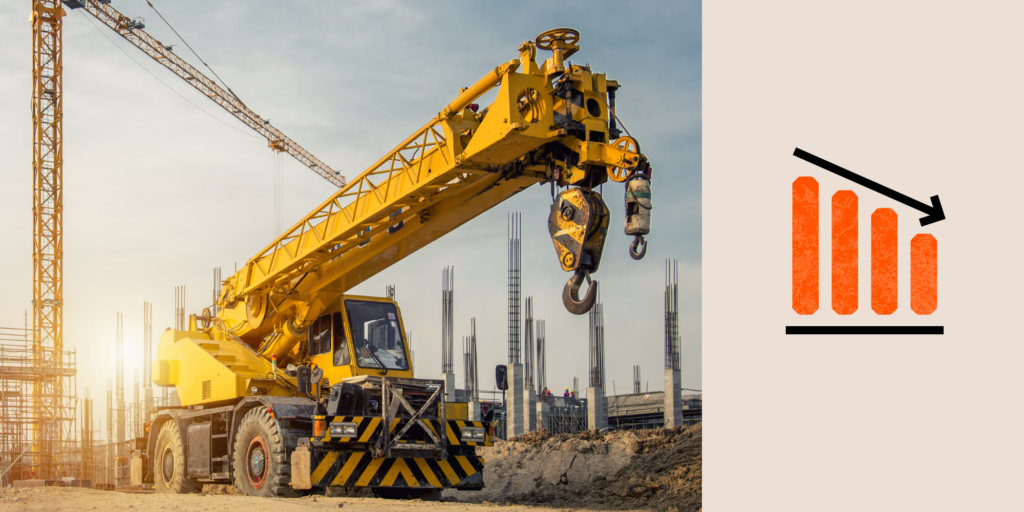— 4 min read
Risk Mitigation Strategies for Wood-Frame Construction
Last Updated Aug 13, 2024
Last Updated Aug 13, 2024

Wood frame construction has become increasingly popular due to its cost-effectiveness and versatility. However, it also presents inherent, amplified risks that contractors must carefully address.
Table of contents
Biggest Risks in Wood-Frame Building
On the surface, wood frame construction comes with a number of risks, many of which contractors are already familiar with:
- Fire risk: The flammability of wood, in comparison to steel and concrete, heightens fire risks, translating to challenges in underwriting wood frame projects.
- Water risk: Residential wood frame projects, with their extensive plumbing, can suffer multi-level damage due to water. Water-damaged wood is prone to warping, rot, mold, and pest infestations.
- Structural integrity: Wood’s vulnerability to fire, water, pests, and natural elements can jeopardize the structural integrity of the building during and post-construction.
- Variety of construction techniques: Diverse methods in wood frame construction can lead to varied quality and workmanship levels.
Adding to these risk factors is the ever-increasing volatility that currently underpins the insurance landscape. Natural disasters, including wildfires, floods, hurricanes, and earthquakes are increasing and the areas where these events occur are broadening.
Increases in Risk Reduce Access to Insurance
According to NOAA, the U.S. has experienced an average of eight $1 billion-dollar disasters annually over the past four decades. This average has jumped to nearly 18 events annually over the past five years. Because of the unmistakable increase in the frequency and overall cost of such catastrophes, insurance carriers have started to withdraw from markets completely, constraining capacity and access.
Other contributing factors include the rise in construction material costs, disruptions in supply chains, labor scarcity, and the ongoing recovery from the impacts of COVID-19. All these factors culminate in increased project expenditures and delays, subsequently leading to a surge in premiums and overall insurance market instability.
10 Ways to Mitigate Risk for Wood Frame Builders
In order to help limit the insurance premiums on their wood frame projects, contractors must identify and address the operational risk factors that are within their control. By proactively identifying and mitigating these risks, contractors can ensure that project execution goes smoothly and, in doing so, can advocate for a reduction in their insurance costs.
1. Conduct regular inspections.
Regularly inspect the construction site before and during the project to identify and rectify any potential safety hazards or quality issues. Strict adherence to quality control measures ensures that construction meets industry standards and reduces the likelihood of accidents or rework.
2. Prioritize safety training and compliance.
Invest in comprehensive safety training programs for all workers and subcontractors involved in the project. Emphasize compliance with safety regulations and incident reporting. Implement best practices to prevent accidents, injuries and potential claims.
Going Beyond OSHA: Get Procore Safety Qualified
3. Secure the construction site.
Implement strict jobsite security measures to prevent theft, vandalism or unauthorized access to the construction site. Installing surveillance cameras, fences, and controlled access points can help deter potential intruders and reduce the risk of property damage or theft.
4. Store materials properly.
Ensure that all construction materials are stored in appropriate conditions to prevent damage due to weather or mishandling. Proper handling and storage of materials can reduce the risk of material loss and associated claims.
5. Monitor weather conditions.
Compared with steel, wood frame construction is particularly susceptible to weather damage before the shell is on. Contractors should keep a close eye on weather forecasts. Prior to severe weather events, implement measures to protect the site and materials from storms, hurricanes or flooding.
6. Harness IOT devices.
Contractors can leverage the Internet of Things (IOT) to create real-time alerts for risks or hazards. With water intrusion being a leading cause of loss, contractors should demonstrate awareness of the exposures and create a detailed plan regarding response management.
If using a smart water meter, identify who receives the alerts, what is done when an alert is triggered, and how it should be communicated to the office and field.
7. Hire experienced, reliable subcontractors.
Partner with experienced and reputable subcontractors who have a track record of delivering quality work and adhering to safety protocols.
8. Regularly communicate and document.
Proper documentation of all communications, decisions and changes can help resolve disputes and prevent potential claims.
9. Embrace technology.
Utilize construction management software and technology, like Procore, to streamline processes and improve project visibility. These tools can help identify potential risks, track progress, and communicate effectively, leading to better risk management.
10. Be an active participant in the underwriting process.
Contractors should be showing patterns of operational excellence and their risk mitigation efforts to their insurance partners. This can be accomplished by leveraging historical data and including that information in submissions.
There are various solutions to combat the inherent risk of building with wood in addition to market volatility. Contractors need to be proactive in convincing underwriters that they are proactively addressing specific exposures and successfully managing risk. By providing a history of operational excellence, contractors can create an underwriting narrative that works in favor of reduced premiums.
Most importantly, a team that understands the complexities of construction insurance can help ensure successful operations are recognized and rewarded. A construction-focused broker can help analyze your effectiveness at mitigating risk, in addition to providing a holistic approach to ensure policies address all project needs.
Was this article helpful?
Thank you for your submission.
0%
0%
You voted that this article was . Was this a mistake? If so, change your vote here.
Scroll less, learn more about construction.
Subscribe to The Blueprint, Procore’s construction newsletter, to get content from industry experts delivered straight to your inbox.
By clicking this button, you agree to our Privacy Notice and Terms of Service.
Categories:
Tags:
Written by
Michael Dantuono
Michael Dantuono is a Technical Brokerage Officer at Procore. He has 15 years of experience in insurance and risk management, with previous roles at both NFP and AON. Michael received his Bachelor of Science in Economics from the University of Scranton. He is based in New York.
View profileExplore more helpful resources

Empowering Tribal Nations Through Strategic Capital Program Management
Tribal nations are leading significant investments in infrastructure that honor their heritage while simultaneously propelling them into a modern, sustainable future. From healthcare facilities that reduce travel for elders to...

Understanding & Managing Construction Equipment Depreciation
Construction teams require equipment to do their work — and whether that equipment is purchased, rented or leased, it can represent significant costs. When a contractor purchases a new piece...

Construction Tax Deductions: A Quick Guide
Tax deductions offer a lot of opportunity for construction businesses to lower their tax liability, helping to free up cash flow and increase profitability. Because construction projects are so complex,...

The Strategic Partnership Between Construction Safety and HR
A construction safety manager’s role is significant: It entails broad oversight over the construction workplace to prevent incidents that could cause worker injury or property damage. In addition to this...